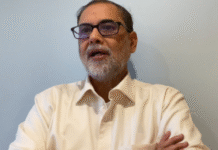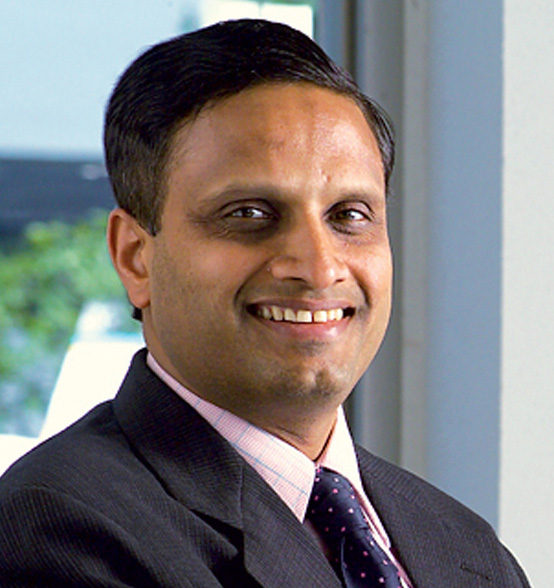New Delhi— With urban wireless tele-density soaring to 131.45 percent and telecommunications now contributing over 6.5 percent to the nation’s GDP, India stands at a critical inflection point where digital connectivity is rapidly evolving beyond its traditional scope, according to the Digital Infrastructure Providers Association (DIPA).
India’s digital economy is projected to reach $1 trillion by the end of 2025. However, this figure only begins to reflect the sweeping transformation underway, as “connected living” reshapes key sectors such as healthcare, agriculture, education, and transportation.
“We are witnessing the emergence of ambient intelligence—where connectivity becomes the invisible force driving every facet of daily life,” said Manoj Kumar Singh, Director General of DIPA. “India’s telecom infrastructure is no longer just about communication—it’s becoming the neural network of modern society.”
Singh described a future of deeply integrated, connected environments where automated systems, mesh networks, and intelligent applications collaborate seamlessly to enhance the human experience. “This isn’t about incremental progress; it’s a complete reimagining of how technology can serve humanity,” he noted.
Much of this transformation takes place through vast, invisible mesh networks now spanning the country. As of March 2025, Indian telecom operators had deployed 478,000 5G base transceiver stations (BTS), contributing to a total of 3 million BTSs across all technologies.
Yet, Singh emphasized that the true innovation lies not in the infrastructure itself but in what it enables—a self-sustaining, intelligent web of connectivity that powers millions of smart devices and systems working in harmony.
In healthcare, connected living is revolutionizing patient monitoring through Internet of Things (IoT) medical devices that transmit vital signs to AI-powered systems capable of detecting health anomalies days before they become critical. In rural regions, high-definition telemedicine is providing access to specialized care where it was previously unavailable.
Agriculture, too, is undergoing a dramatic shift. Precision farming powered by dense sensor networks is helping farmers monitor soil health, weather patterns, and crop conditions in real time. These systems automatically adjust irrigation and nutrient delivery and even predict optimal harvest windows. Farmers have reported average yield increases of 28 percent while reducing water usage by 31 percent.
Education has also been transformed. Immersive, connected classrooms are eliminating geographic barriers, enabling students in remote areas to learn from the nation’s top educators through near-holographic experiences. These digital classrooms allow for interactive, collaborative experiments across vast distances.
India’s Smart Cities Mission, with 7,549 projects completed at a total investment of ₹1,51,285 crore, exemplifies how connected environments can intuitively respond to human needs—moving from reactive infrastructure to predictive systems.
“Connected living represents a paradigm shift,” Singh said. “It’s no longer about reacting to needs, but anticipating them—creating a world where technology is seamlessly woven into everyday life.”
Looking ahead, DIPA envisions commercial 6G deployment by 2030, a milestone that promises to further blur the lines between the physical and digital worlds, ushering in the next era of intelligent connectivity. (Source: IANS)








